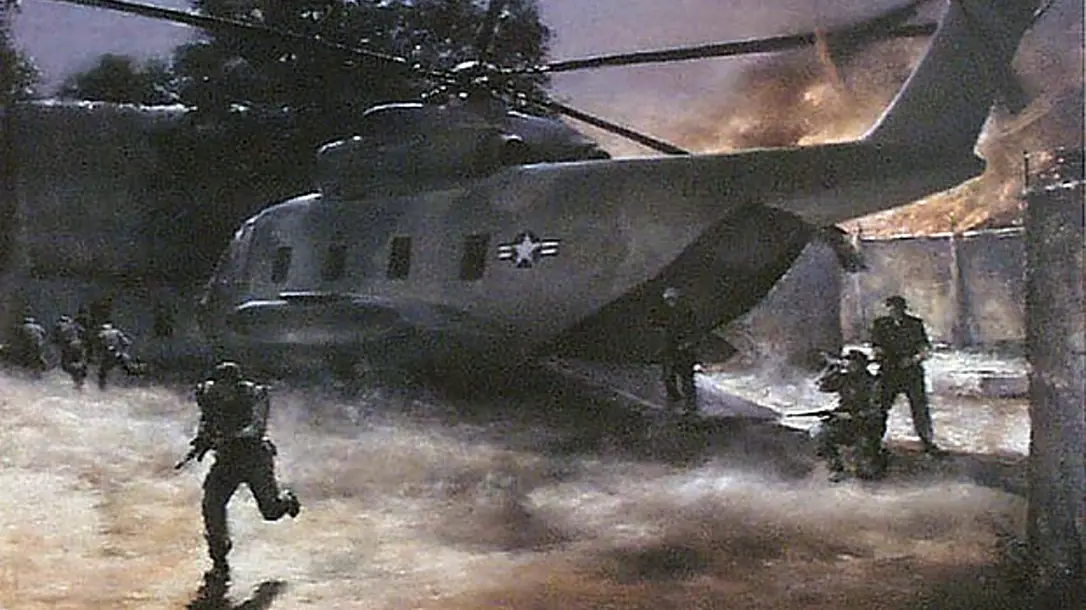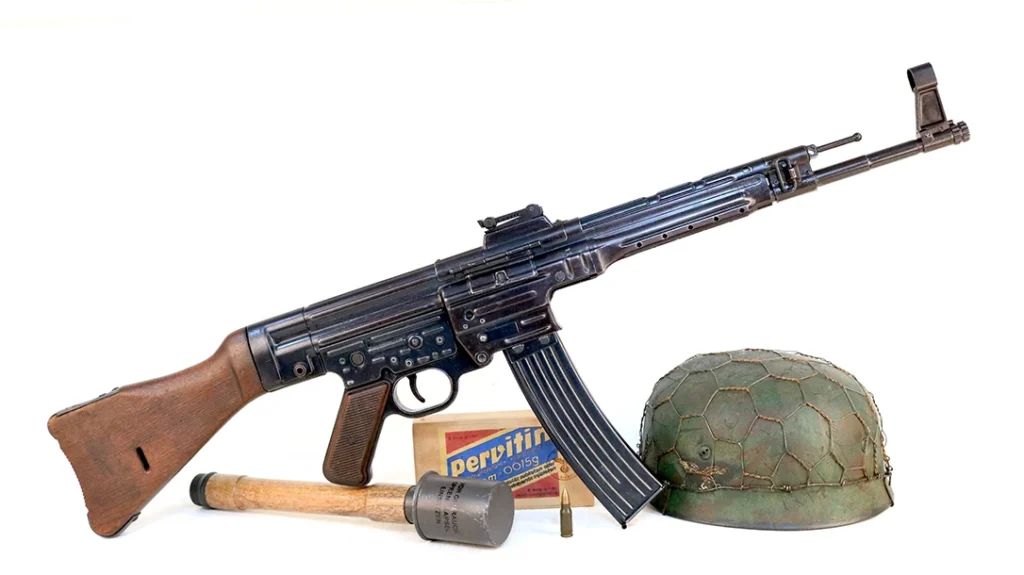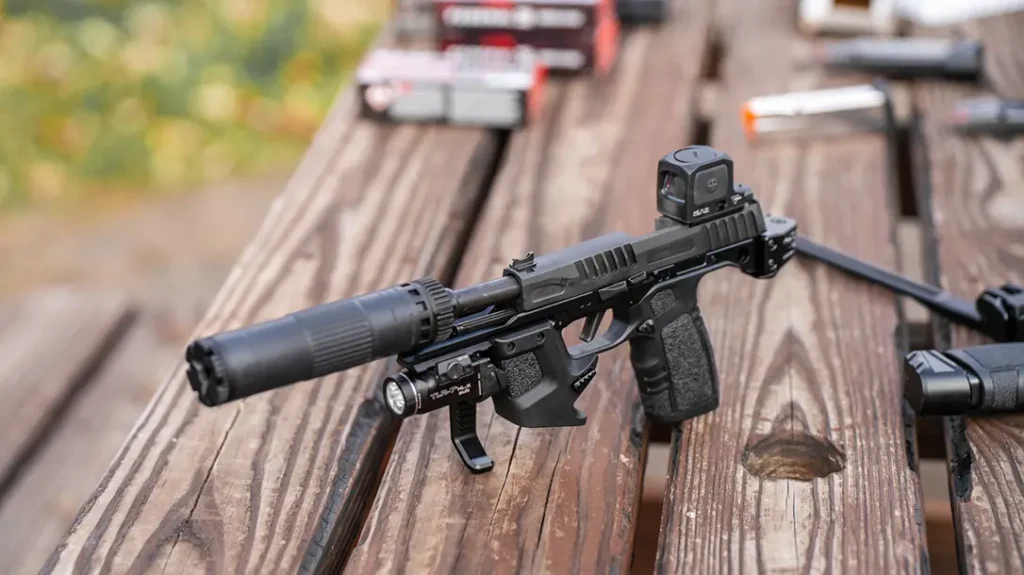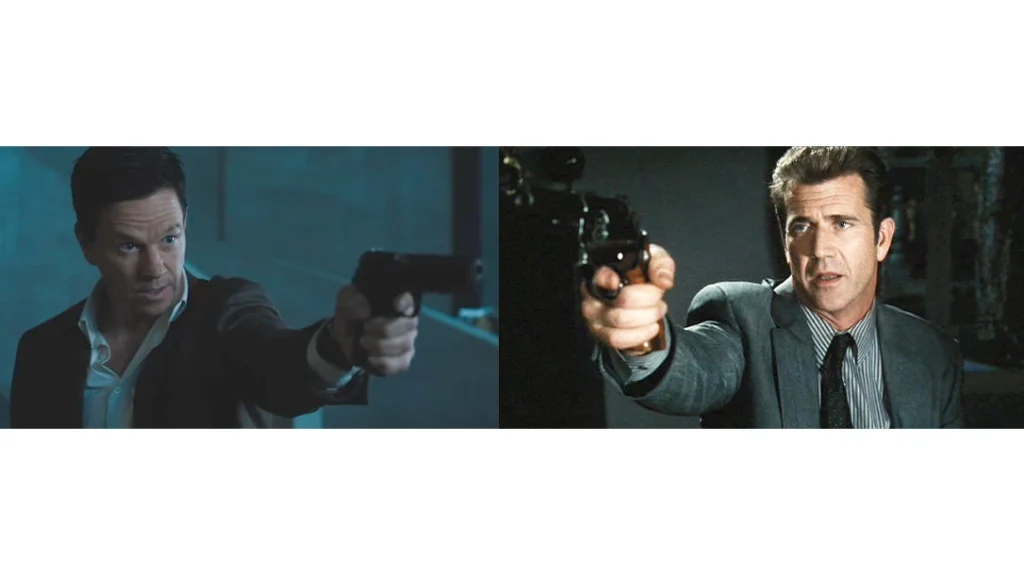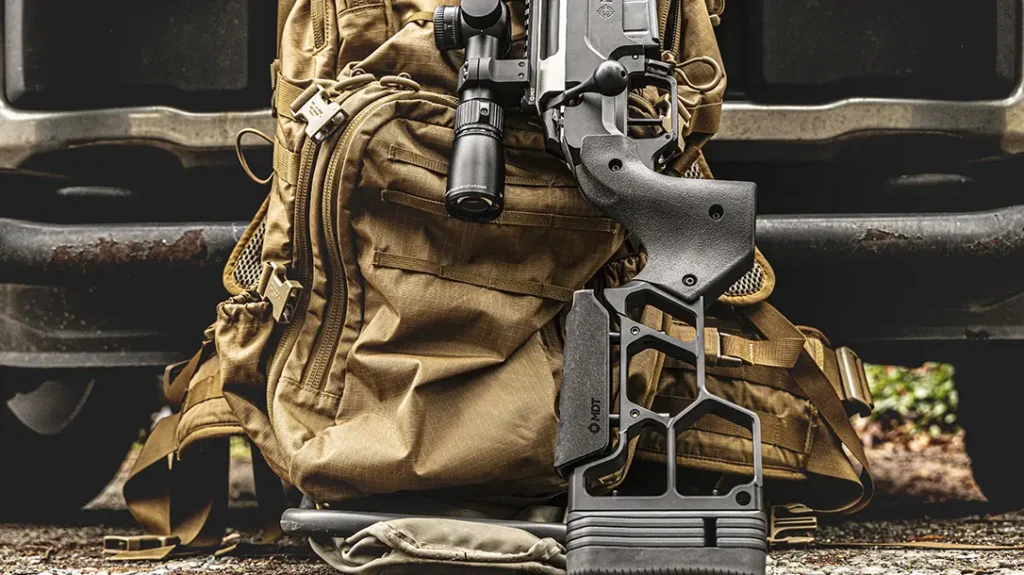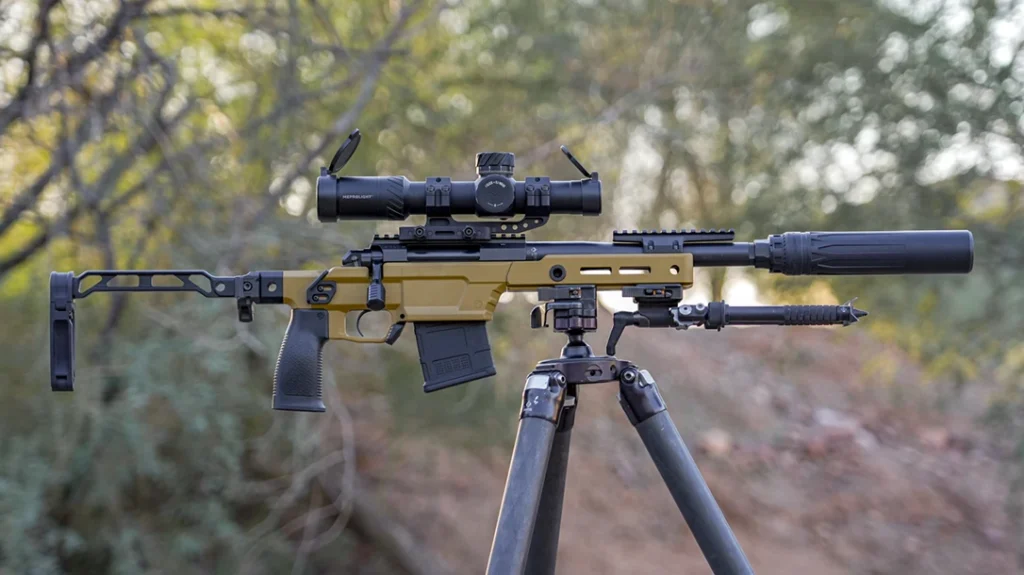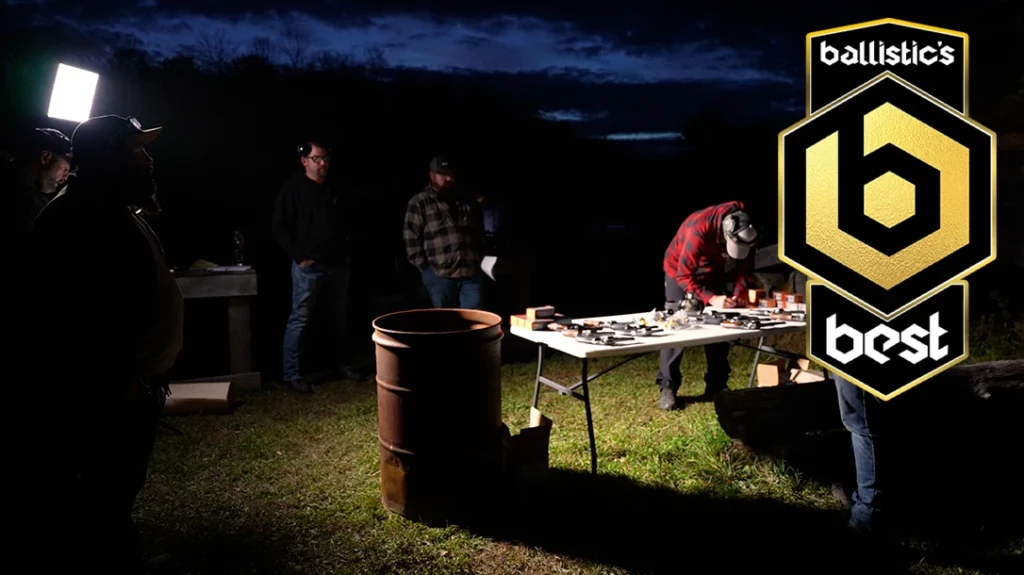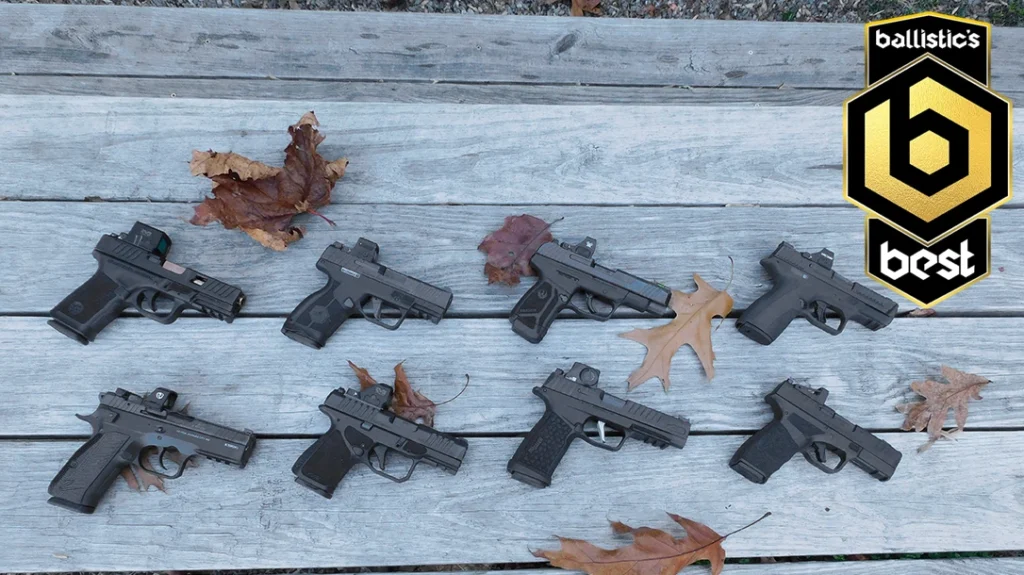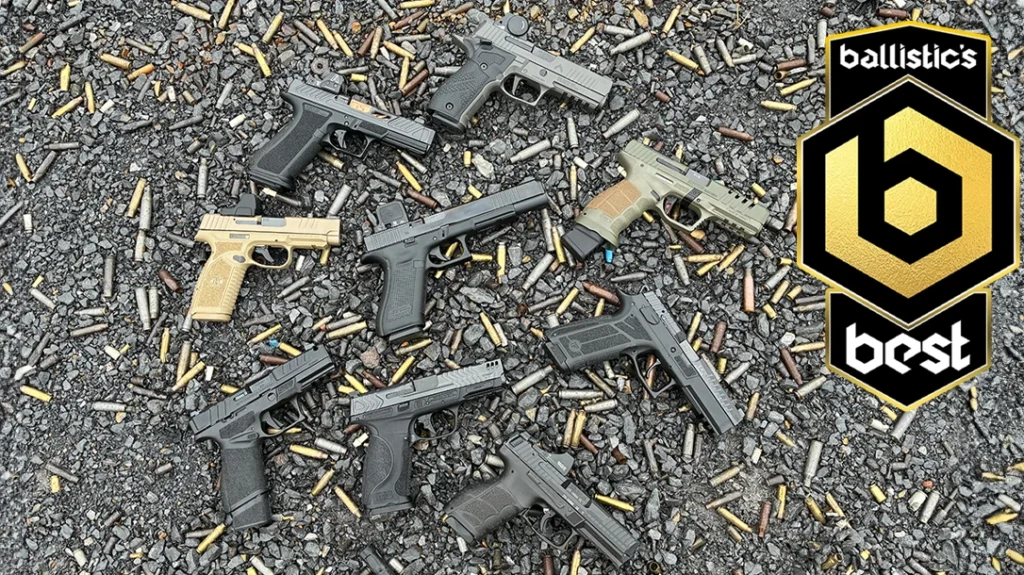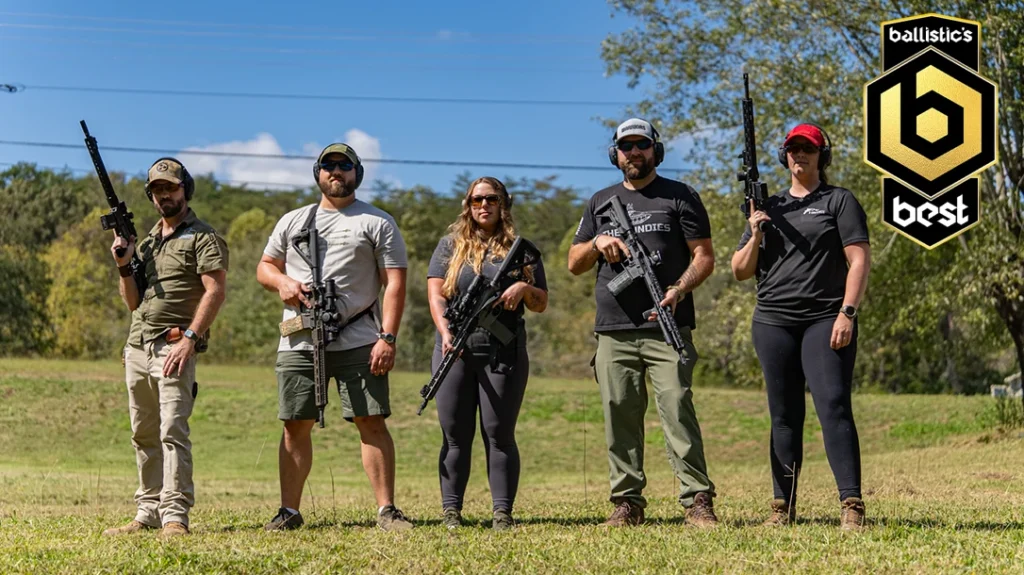Operation Ivory Coast, also referred to as Operation Kingpin, conducted on November 21, 1970, stands as one of the most daring and meticulously planned rescue missions in U.S. military history. The mission aimed to rescue American prisoners of war (POWs) from the Son Tay prison camp, located approximately 23 miles west of Hanoi, North Vietnam. It marked the first joint military operation in U.S. history executed under the direct supervision of the Chairman of the Joint Chiefs of Staff. The mission ultimately failed to achieve its primary goal of liberating POWs–relocated months prior. It remains a powerful example of the extraordinary skill, bravery, and coordination demonstrated by U.S. Special Operations forces.
Operation Ivory Coast: The Strategic Context
By 1970, the Vietnam War had stretched into its second decade, leaving thousands of American servicemen captured or missing in action. Reports from intelligence sources revealed that the conditions in North Vietnamese prison camps were harsh, and morale among prisoners was deteriorating. In May 1970, aerial reconnaissance identified the Son Tay prison camp, prompting U.S. military planners to consider a rescue mission.
The decision to launch Operation Ivory Coast came after months of planning and intelligence analysis. The raid, also deemed a humanitarian effort, demonstrated U.S. resolve.
Advertisement — Continue Reading Below
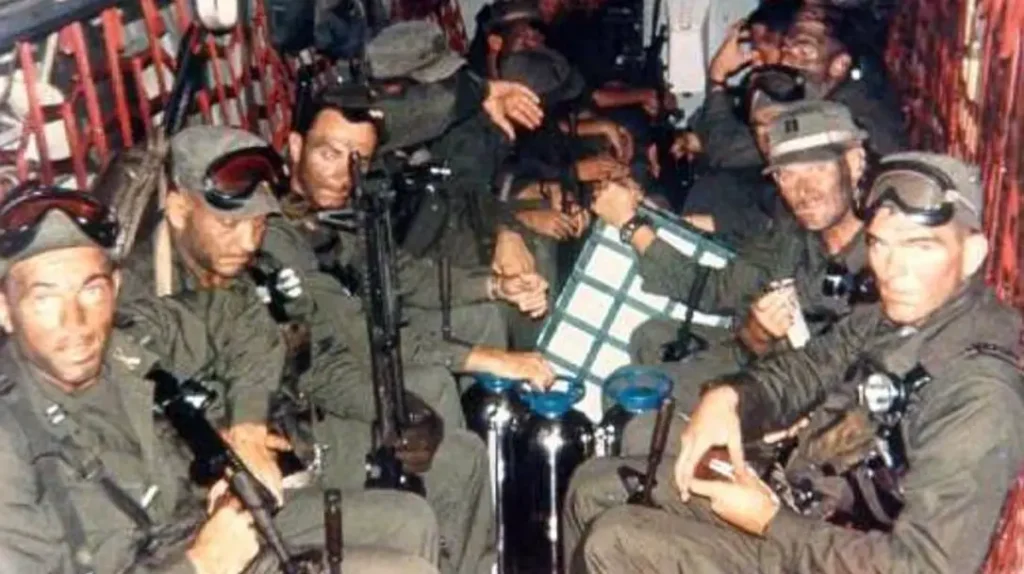
The Planning Phase
The planning phase was a masterclass in military strategy and coordination. Spearheaded by Colonel Arthur “Bull” Simons, a veteran Special Forces officer renowned for his leadership, the operation required meticulous preparation to maximize its chances of success. The team consisted of approximately 56 highly skilled members of the U.S. Army Special Forces (Green Berets). Air units from the Air Force and Navy supported the mission, ensuring necessary resources and expertise across multiple domains.
A cornerstone of the planning process was gathering detailed intelligence about the Son Tay prison camp, believed to house American prisoners of war. Reconnaissance flights and satellite imagery provided critical information, enabling the team to map the prison’s layout and assess its security measures. This intelligence was instrumental in crafting a precise plan of action.
Advertisement — Continue Reading Below
Realistic training was another key element of preparation. Training included construction of a full-scale mock-up of the Son Tay prison camp, allowing the team to rehearse the raid multiple times. These drills simulated real conditions, fostering confidence and cohesion among the troops.
Surprise and speed were pivotal to the operation’s success, with an emphasis on stealth and rapid execution. Mission planning dissected every detail, from the timing of the raid to the sequencing of the actions
The planning showcased the unparalleled skill, ingenuity, and determination of U.S. Special Operations forces. Under Colonel Simons’ leadership, the team demonstrated extraordinary commitment to excellence, ensuring every aspect of the mission was prepared meticulously.
Advertisement — Continue Reading Below
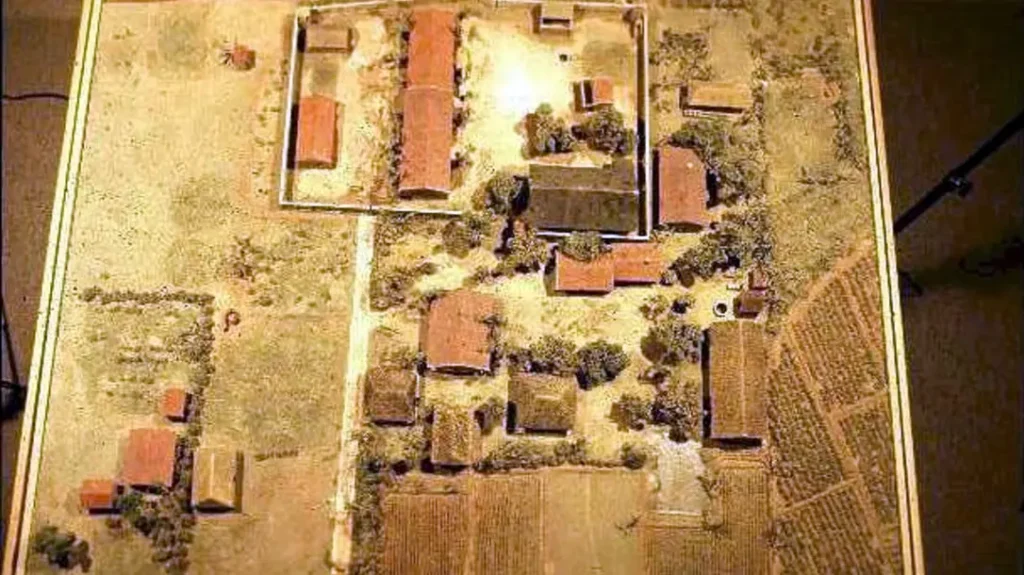
Execution of the Raid
The execution of the raid on the Son Tay prison camp was a bold and coordinated endeavor. On the night of November 21, 1970, the operation commenced with a carefully orchestrated insertion phase. Helicopters carried the assault team to their target, navigating hostile airspace under cover of darkness. The lead helicopter crash-landed intentionally inside the compound—a calculated move to secure immediate access and disorient defenders.
The raiders launched their attack with speed and precision, swiftly neutralizing North Vietnamese guards. Coordination and discipline defined their actions as they secured the prison grounds. However, upon securing the camp, they discovered their primary objective—to free American prisoners of war—was unattainable. The camp was empty, as the POWs had been relocated months earlier to another facility.
Advertisement — Continue Reading Below
Despite this disappointment, the raid showcased the exceptional capabilities of the Special Forces. The raid took 27 minutes. The entire team was successfully extracted without significant casualties—the raiders suffered one broken ankle and one minor wound— a testament to their thorough planning and execution. The mission underscored their bravery and adaptability under challenging conditions.
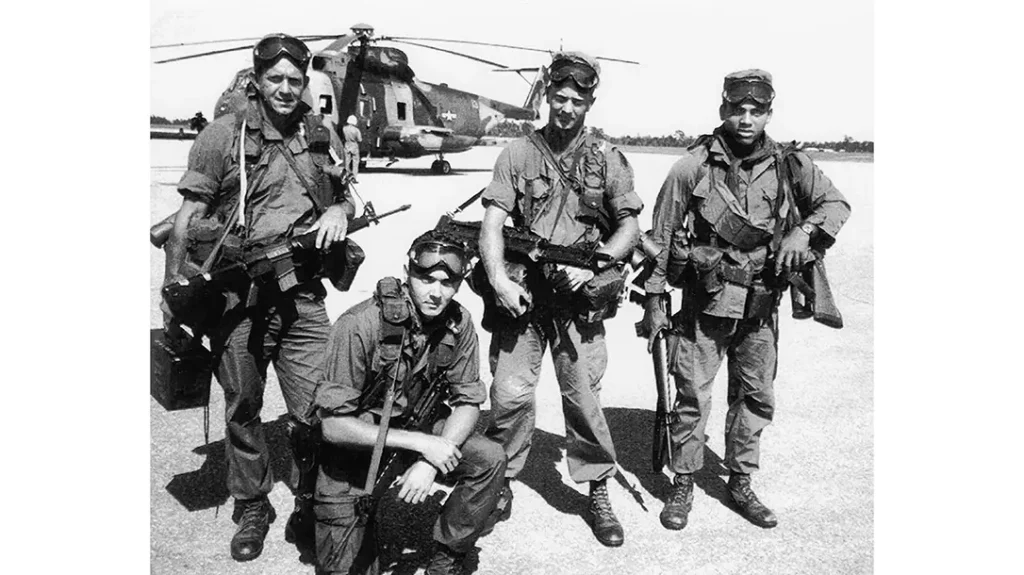
Legacy of Operation Ivory Coast
The raid sent a strong message to North Vietnam that the United States was willing to take bold action to protect its servicemen. It also highlighted the effectiveness of joint operations and the capabilities of U.S. Special Forces.
Advertisement — Continue Reading Below
Operation Ivory Coast influenced future rescue missions and is often studied in military academies as a case study in planning, execution, and adaptability. Although the goal of rescuing POWs was not achieved, the mission boosted morale among U.S. forces and showcased the nation’s unwavering commitment to its soldiers.
The operation’s legacy also includes its impact on the creation of Delta Force (1st Special Forces Operational Detachment-Delta). Drawing on lessons from the operation, Colonel Simons contributed to the foundation of this elite unit in 1977. Delta formed to address threats and conduct highly specialized missions, including counterterrorism and hostage rescue. Simons’ leadership during the Son Tay raid directly influenced the development of this world-renowned unit, which continues to operate at the forefront of U.S. Special Operations.

Advertisement — Continue Reading Below
Operation Ivory Coast remains a significant chapter in military history—not for its outcome, but for its audacity, precision, and the dedication of the individuals involved. Its influence resonates in the strategies and capabilities of modern Special Operations forces, securing its place as a defining moment in the evolution of military tactics and operations.
